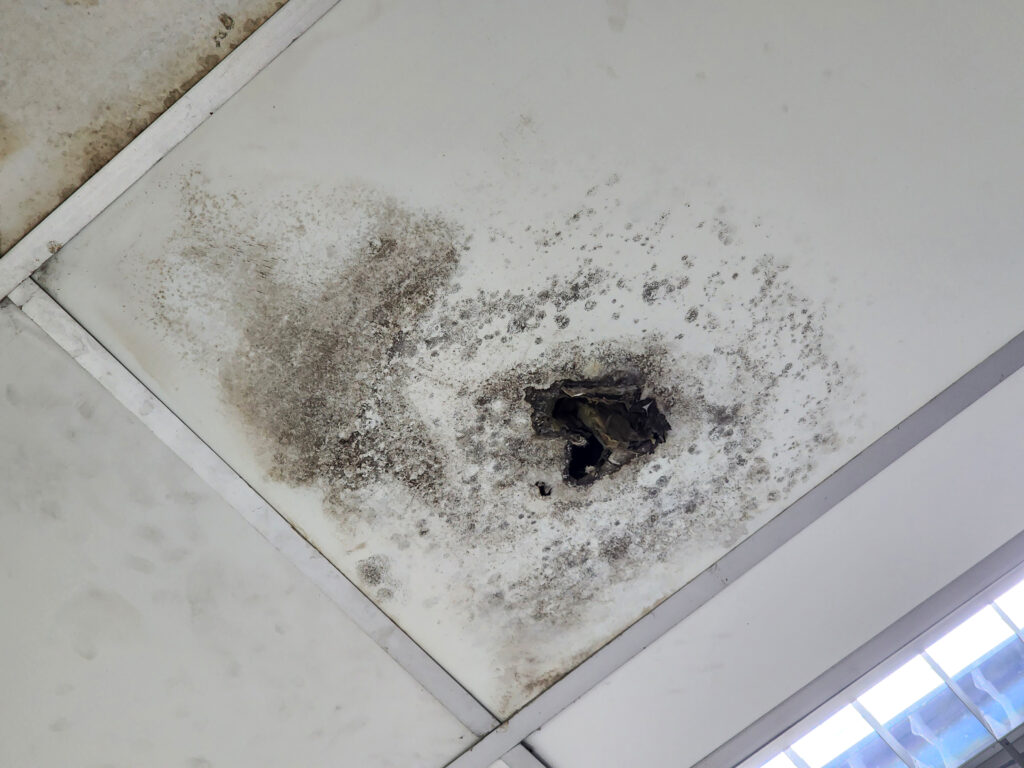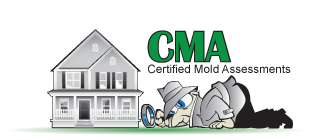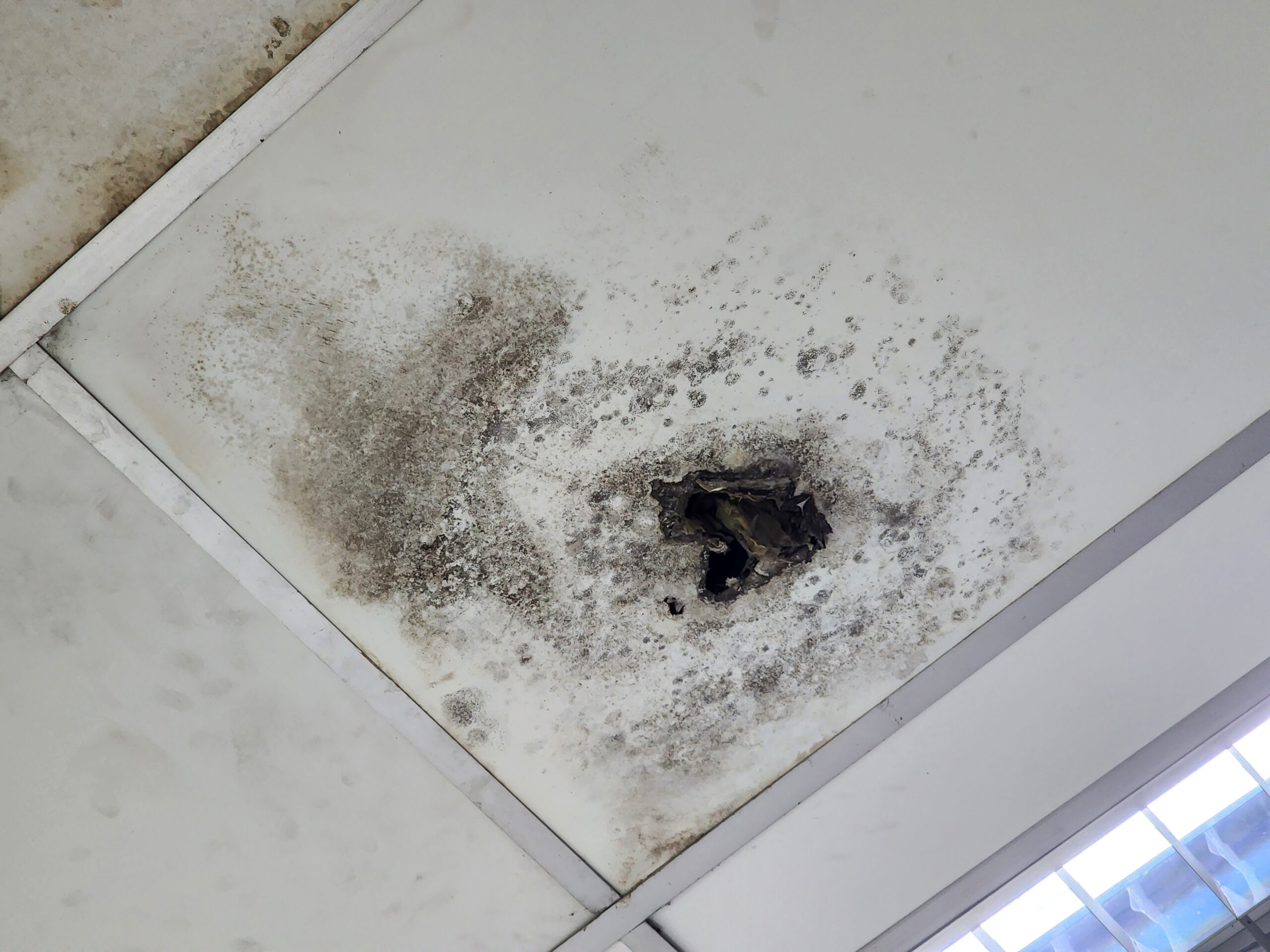Understanding autism
Autism Spectrum Disorder (ASD) is a complex neuro-developmental condition characterized by challenges in social interaction, communication, and repetitive behaviors.
It is a condition that also affects how somebody processes sensory information.
It is called a “spectrum” because it includes a wide range of experiences and challenges, from mild to more significant support needs.
On the more severe side, it can be very debilitating.
What causes autism?
While the exact causes of autism remain uncertain, researchers are investigating various environmental factors that may contribute to its development or exacerbate symptoms.

Mold Grows In Residential Houses
One factor that is gaining attention, is exposure to mold colonies and the mycotoxins that they produce.
Mechanisms Linking Mold to Autism
The mycotoxins produced by mold colonies can contribute to neuroinflammation, oxidative stress, and immune dysregulation. These are all mechanisms also implicated in autism. Additionally, children with ASD often display heightened sensitivity to environmental toxins, including mold and chemicals commonly found in water-damaged buildings.
One study conducted by researchers at Arizona State University found elevated levels of mycotoxins in children with autism when compared to neurotypical children. Other studies have indicated that exposure to damp indoor environments during early childhood may increase the risk of neurodevelopmental disorders. Below are some ways that mold exposure can contribute to ASD.
1. Neuroinflammation and Immune Activation: Mycotoxins can trigger chronic inflammation in the brain, a condition frequently observed in individuals with autism.
Studies have shown that prolonged exposure to mold may lead to the activation of microglia and astrocytes, key immune cells in the brain, contributing to neuroinflammation and altered neural connectivity.
2. Oxidative Stress and Mitochondrial Dysfunction: Many children with autism exhibit signs of oxidative stress and mitochondrial dysfunction, both of which can be exacerbated by mold toxins. Mycotoxins such as ochratoxin A and gliotoxin can impair cellular energy production, leading to cognitive and behavioral symptoms.
3. Gut-Brain Axis Disruption: The gut microbiome plays a critical role in brain function and development. Mold exposure has been linked to gut dysbiosis, leading to increased intestinal permeability (leaky gut) and systemic inflammation, which may contribute to autism symptoms. In addition, mold exposure can create fungal colonizations in the gut.
These colonizations make it more difficult to absorb nutrients from food, leading to a further decline in gut health.
4. Genetic and Epigenetic Factors: Some individuals may have genetic predispositions that make them more susceptible to environmental toxins, including mold. Epigenetic modifications caused by mold exposure could influence gene expression related to neurodevelopment and immune regulation. A couple of these genes include the MTHFR and the HLA-DR alleles.
Intervention
1. Addressing mold in the home:
First and foremost, it is crucial to ensure those affected aren’t being exposed to mold in the home. The initial step is to hire professionals to inspect the living space for any signs of mold colonies. If mold is present, it is critical to have it professionally mitigated and to explore ways to maximize air quality. Some potential strategies include:
-HEPA air filtration
-opening windows (if the outdoor relative humidity is under 60%)
-incorporating dehumidifiers
2. Lowering inflammation
Prioritizing a nutrient dense diet and opening detox pathways can assist in lowered inflammation. In addition, working towards a resilient limbic system can help to make the body less reactive to environmental toxins.
3. Seeking out a knowledgeable practitioner
It is imperative to actively detox mycotoxins out of the body. Seeking out a practitioner who can help identify exact needs and create a specific protocol can be extremely helpful.
Conclusion
While the connection between mold exposure and autism remains an emerging area of research, existing evidence suggests that environmental toxins, including mold, may contribute to neurological and immune dysfunction in individuals with ASD. Understanding the biological mechanisms involved and taking proactive measures to reduce exposure can play a crucial role in supporting the health and well-being of individuals on the autism spectrum.

